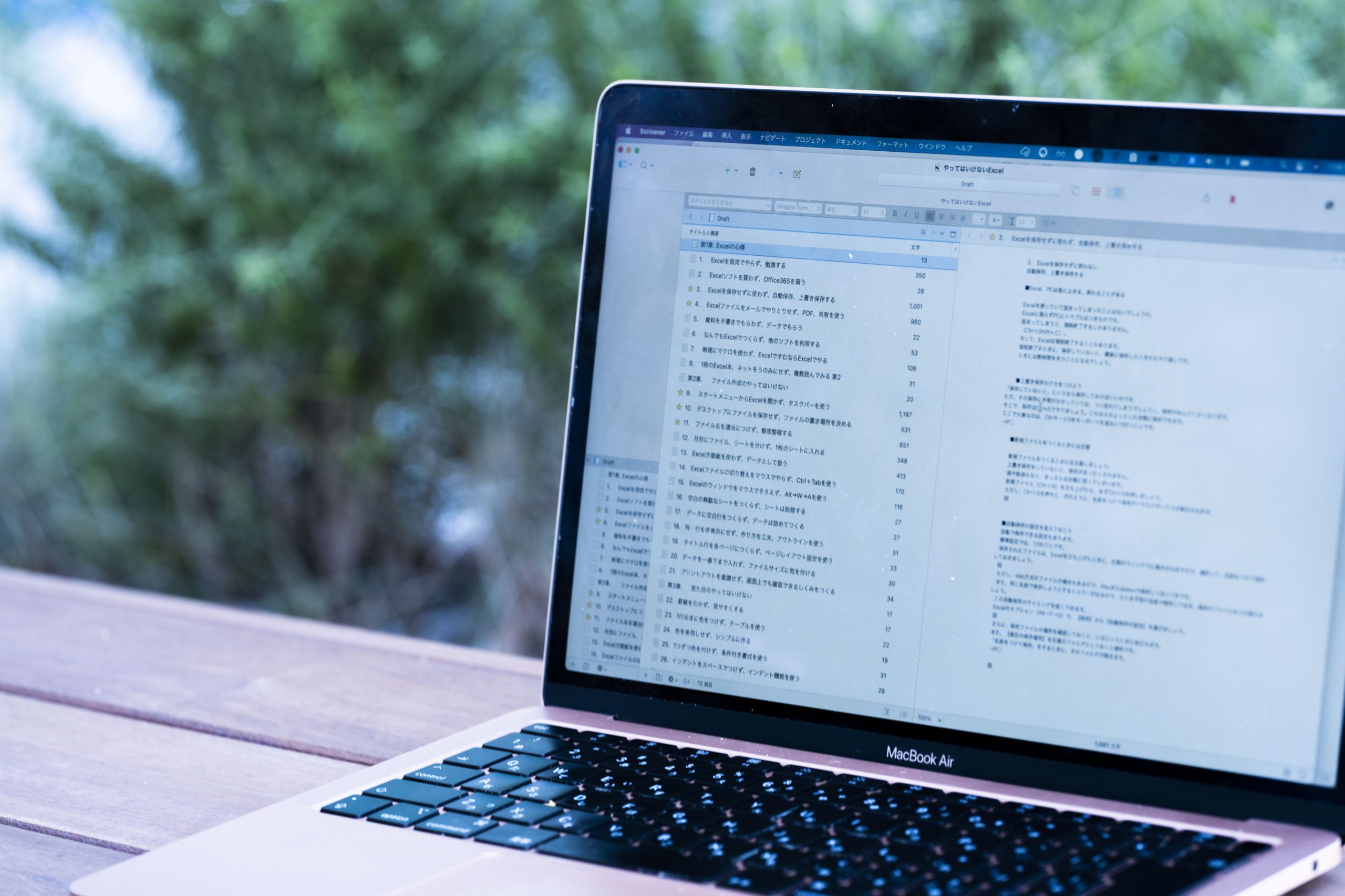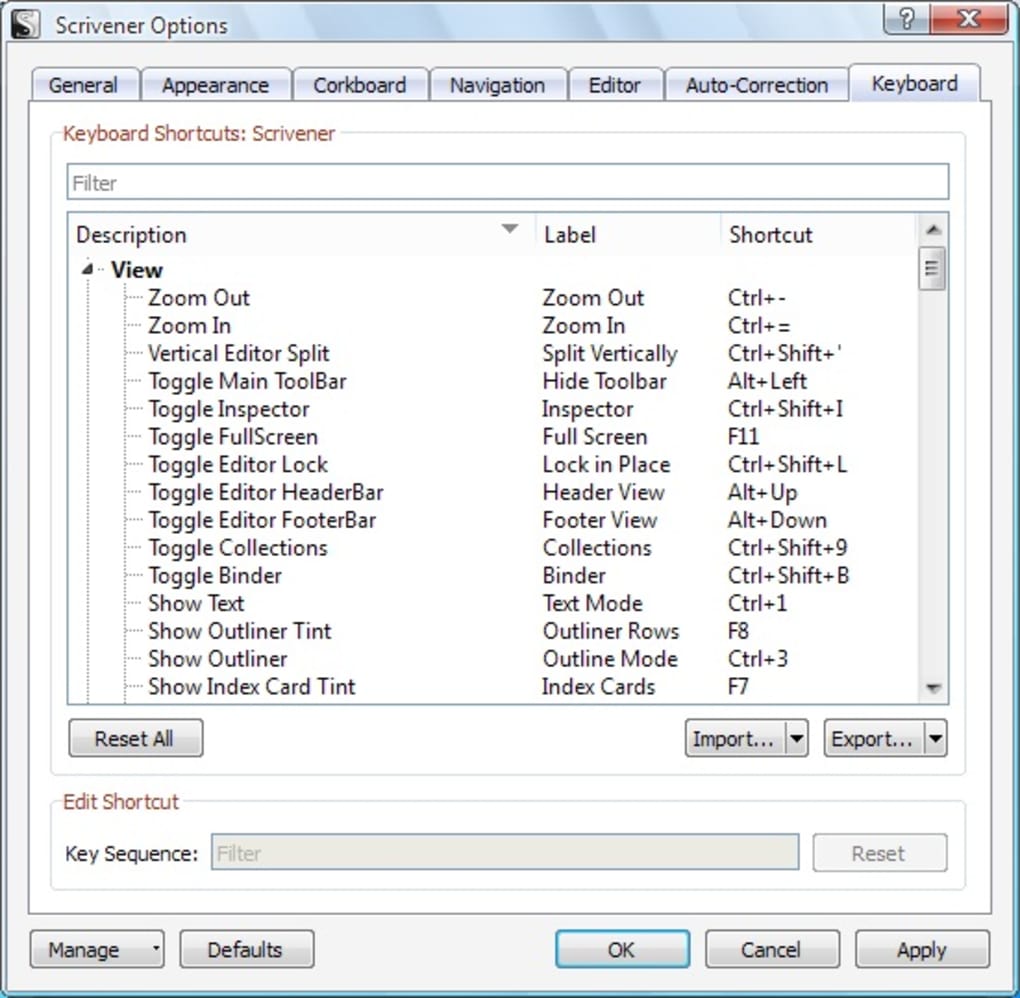

The cookie is used to store the user consent for the cookies in the category "Performance". This cookie is set by GDPR Cookie Consent plugin. The cookie is used to store the user consent for the cookies in the category "Other.

The cookies is used to store the user consent for the cookies in the category "Necessary". The cookie is set by GDPR cookie consent to record the user consent for the cookies in the category "Functional". The cookie is used to store the user consent for the cookies in the category "Analytics". These cookies ensure basic functionalities and security features of the website, anonymously. Necessary cookies are absolutely essential for the website to function properly. I have to make sure that my iPad does finish its Dropbox sync before I disconnect, but that’s it. But it is possible.Īnd since Boxifier keeps everything all synced up, I know I only have one version of the files to work with. It’s not pretty, and I have to have to have a master list that relates the numeric Scrivener filename to my scenes in order to know which file is which. Right now I’m using Textilus to directly edit the RTF files. I can get to my Scrivener projects via my iPad through Dropbox now. I did all this in anticipation of the iPad version of Scrivener. To get that to sync correctly with Scrivener on the Mac, I suppose you would do the same thing you did already to sync with Dropbox - but you’d have to add that extra layer of the /Boxifier folder to the path. If I look at my Dropbox account online, I see the folder /Boxifier with the folder /00 Fiction within it, and all my Scrivener projects living quite happily in there. It’s a little fancier than that, but that’s what it looks like. Inside that folder is what looks like a Windows Shortcut to the /00 Fiction folder.
Scrivener windows 11 Pc#
It does create a folder within /Dropbox on the PC called /Boxifier. So Scrivener is still fast and lean and not confused.

It’s then Boxifier that does the syncing, not Scrivener. Windows, and any Windows programs like Scrivener still work with the folder exactly as they used to because it is still where it was. What happens behind the scenes is that Boxifier sort of creates a copy of the /00 Fiction folder in the /Dropbox folder - but it really creates what’s called a Virtual Pointer (kind of like a sophisticated Shortcut) within the local /Dropbox folder on the PC. I ran the utility on my /00 Fiction folder. (If you need more, or to sync from a USB drive or network drive, there are upgraded versions available.)
Scrivener windows 11 free#
I use the free version because I only need to sync one folder. It allows you to sync any file on your PC to Dropbox even when that file or folder is not inside the local /Dropbox folder. Then I installed a little free utility called Boxifier. Don’t worry about the little green circled checkmark, that just means the sync is up to date.) (I named it /00 Fiction to force Windows to sort it to the top of the list in /Documents. I have a folder in the regular /Documents folder called /00 Fiction, and all my Scrivener projects are inside it. That’s when using the version in Dropbox as the gold working standard becomes crucial.įirst, I set up Scrivener on the PC as if I was NOT going to use Dropbox. It is NEVER a good idea to have two working versions of the same file on the same machine. That creates far too many opportunities for screwing something up. It’s occasionally dicey when I try connecting MozyHome and Dropbox.Īnd I did NOT want to get into having to manually export and import files. Plus, I wanted my backup utility MozyHome to still catch and back up my Scrivener projects. ) I found that Scrivener got really sluggish when saving a large project directly into the Dropbox folder. I didn’t like the way Scrivener for the PC worked directly with Dropbox.


 0 kommentar(er)
0 kommentar(er)
